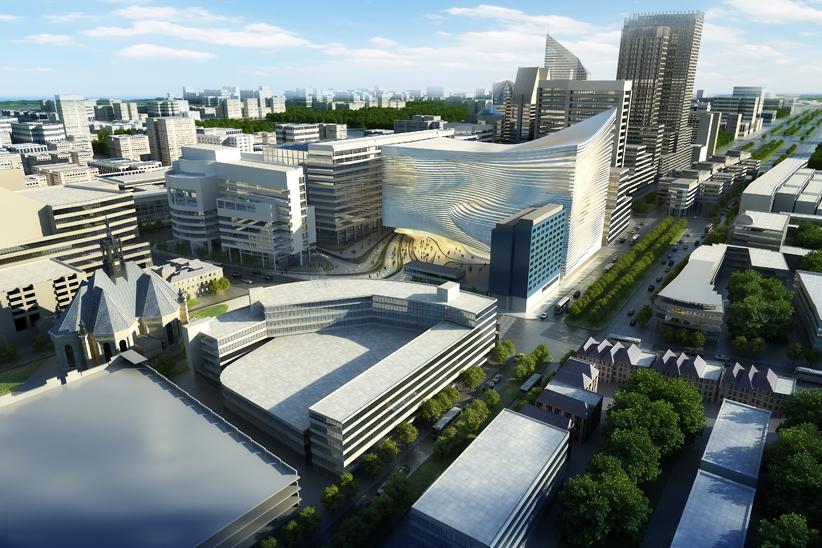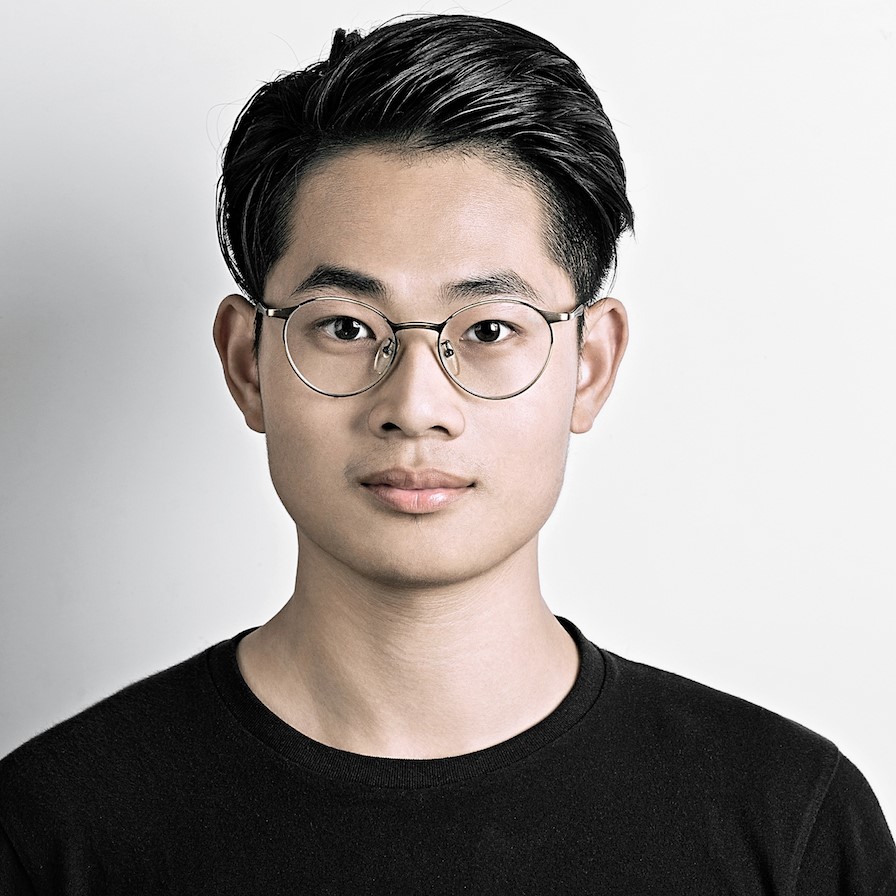“It’s quite a challenge,” says Zaha Hadid’s associate in charge, Joris Pauwels, of the firm’s competition proposal for the new Dance and Music Centre in The Hague.
The firm’s entry won out over 15 others in the first phase of the competition. Now it must overcome two more in the second phase.
The structure is to be built on Spuiplein Square in the heart of the city, where a Rem Koolhaas-designed theater now stands. That structure, built to serve only the needs of the Netherlands Dance Theatre, is deemed inadequate for the needs of four performing arts groups today. “The decision was taken to demolish the existing building,” he says. “It’s quite iconic, but the requirements changed.”
The new building will be home to the dance theatre, the Royal Conservatory, the Residential Orchestra and the Centre’s Guest Programming. Its 48,000 square meters will be broken up into four main halls, two of them devoted to concerts and two to theatres. A music academy will also operate there.
The firms’ proposed design features an exterior of glass fiber reinforced plastic almost whimsically arranged into a series of undulating louvers ranging in thickness from 50 centimeters to 12. “We’re playing with the differentiating densities of the louvers,” he says. “We’re creating a play of light with the static facade.”
The density change allows visitors outside to see glimpses into the programs inside, and also allows views from the inside out to the square. “It’s a static facade,” he says. “It’s not moving. The zones are more or less closed up for density change, depending on the program behind them.”
The building seeks to remove boundaries between itself and the square at ground level, as it turns seamlessly into its surroundings, and vice-versa. At present, the square is a less-than desirable area in the center of the city. “It’s a bit of a problem,” he says. “There’s not much to do there, and it’s not very attractive.
Thankfully, this is a city with real ambition. “This building fits into part of their goal of becoming the Cultural Capital of Europe in 2018,” he says.
The new Centre should be complete by 2016.
For more, go here.
[slideshow id=186]


